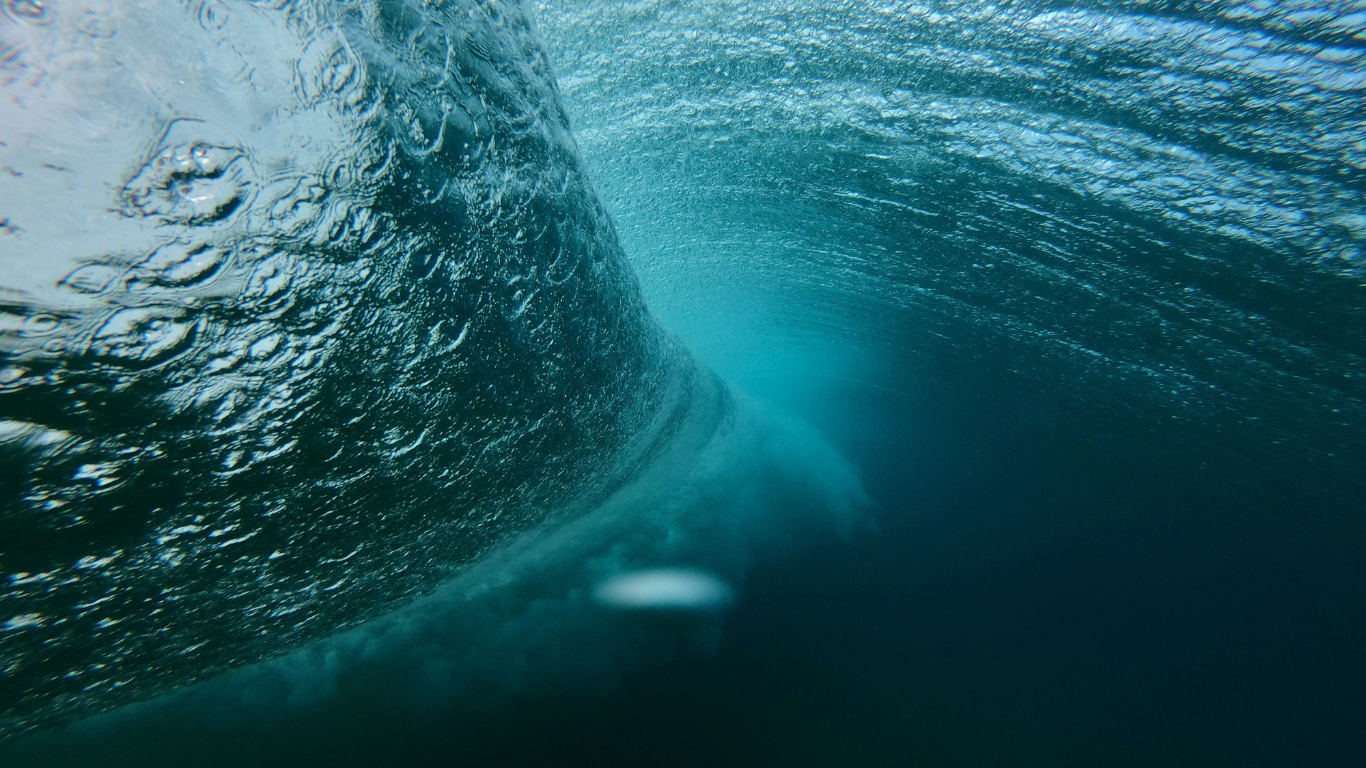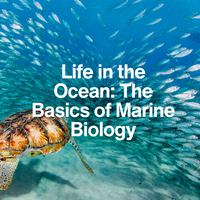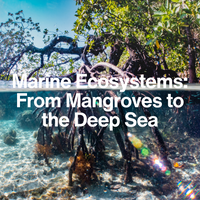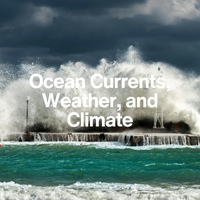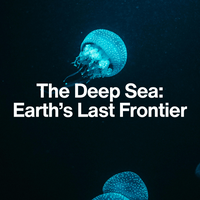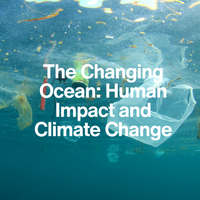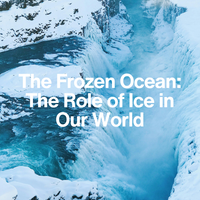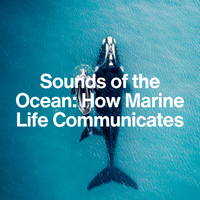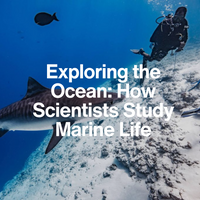LESSON 1
How Do Whales and Dolphins Use Sound?
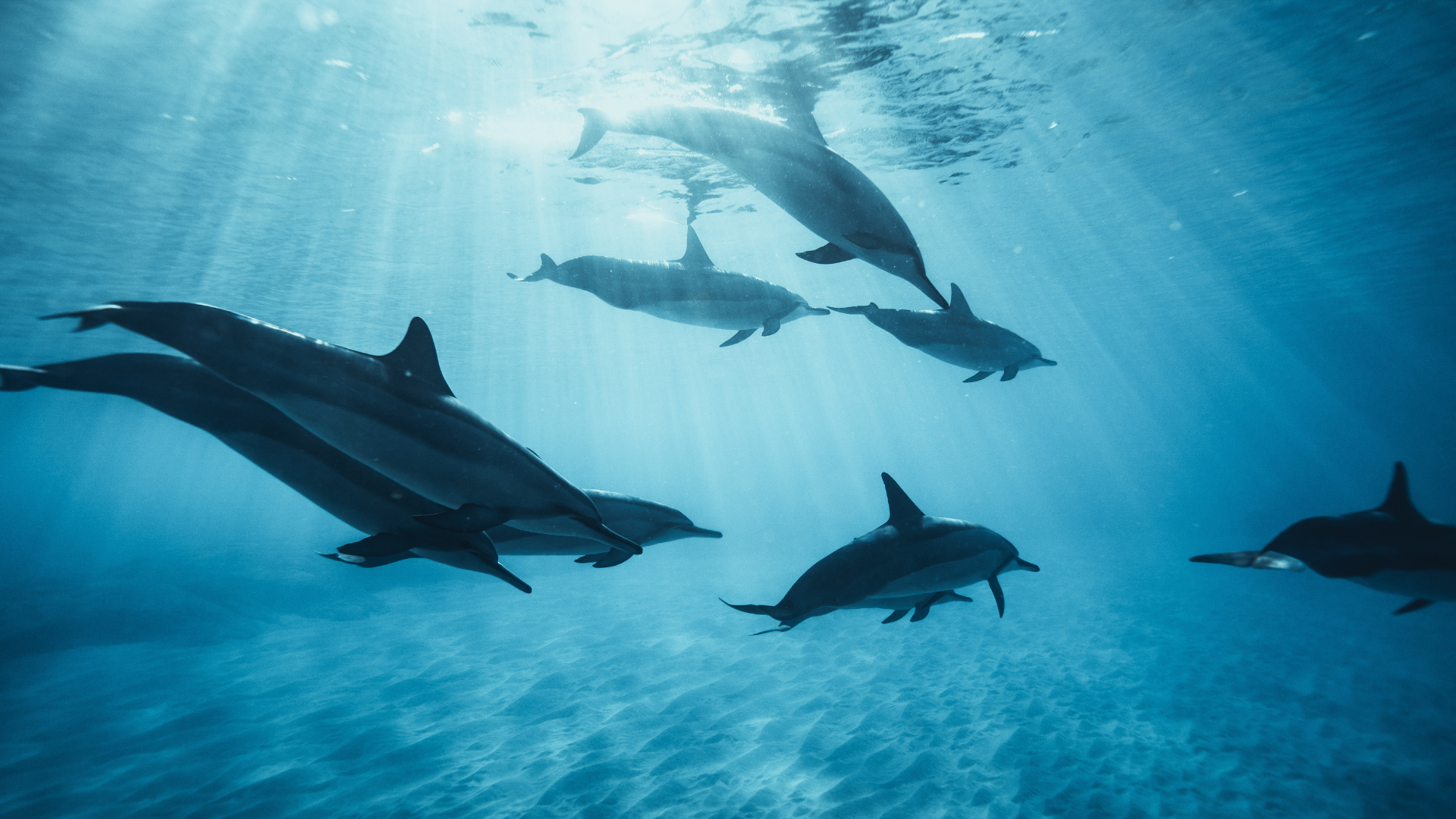
Introduction:
Sound Over Sight
In the ocean, light fades fast—but sound travels far. For whales and dolphins, hearing is more important than seeing. These highly intelligent marine mammals have evolved to live in a world where sound is their primary sense—used to communicate, find food, navigate, and stay safe in the vast underwater world.
In this lesson, we’ll explore how cetaceans (the group that includes whales, dolphins, and porpoises) use echolocation, calls, and even songs to survive in the sea—and what these sounds reveal about their complex lives.
1. Echolocation: Seeing with Sound
Echolocation is a kind of biological sonar. Toothed whales (like dolphins, orcas, and sperm whales) send out clicks, which bounce off objects and return as echoes. By interpreting these echoes, the animal can “see” its surroundings in incredible detail—even in total darkness.
Here’s how it works:
- The whale produces a rapid series of clicks in its nasal passages.
- These clicks travel through the water and bounce off objects (like prey or seafloor features).
- Returning echoes are received by a fat-filled organ in the lower jaw, which transmits the sound to the inner ear and brain.
- The animal builds a detailed mental map of its surroundings—distance, size, shape, and even texture.

Did you know?
Some dolphins click so rapidly during a hunt that it sounds like a buzz—called a “terminal buzz”—used just before striking their prey.
2. Whale and Dolphin Communication: Social Sounds
Beyond echolocation, whales and dolphins are highly social animals, using a wide range of calls, whistles, and clicks to communicate with one another.
Different species—and even different groups within a species—have their own dialects, calls, and behaviours.
Examples
These sounds can travel tens or even hundreds of kilometres, especially in deep, low-frequency calls used by baleen whales.
Did you know?
The narwhal’s long tusk may act as a giant sensory organ, helping it detect subtle changes in sound, temperature, or salinity under the ice.
3. Singing Giants: The Case of the Humpback Whale
One of the most famous examples of marine mammal sound is the humpback whale song—a haunting, rhythmic sequence of moans, chirps, and howls that can last hours.
Scientists believe these songs may play a role in attracting mates, marking territory, or establishing social hierarchy—though their full meaning is still a mystery.
Fun Fact
The first-ever recording of a whale song in the 1960s helped launch the modern ocean conservation movement, inspiring people to protect these majestic animals.
Conclusion
Sound Is Survival
For whales and dolphins, sound isn’t just communication—it’s life. It helps them hunt, find each other, raise young, avoid danger, and navigate a dark and often murky world. Their calls and songs are a language of the ocean, shaped by millions of years of evolution.
But as we’ll explore in the next lessons, these natural soundscapes are being disrupted by human-made noise, from ships to sonar. Understanding how marine mammals use sound is the first step toward protecting their ability to thrive.
Key Takeaways:
Echolocation helps toothed whales “see” using sound echoes, especially in dark or murky water.
Whales and dolphins communicate through clicks, whistles, and calls—each with unique meanings and functions.
Humpback whales sing complex songs that can travel thousands of kilometres and may play a role in mating and social bonding.
Sound is essential for survival in the ocean—and increasingly at risk from human activity.
NEXT LESSON
Why Is the Ocean So Noisy?
From rumbling earthquakes to ship engines and oil drilling, we’ll explore the mix of natural and human-made sounds that fill the sea—and what they mean for marine life.
